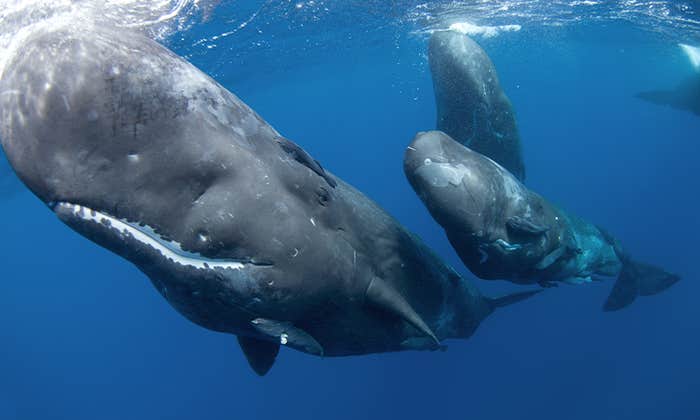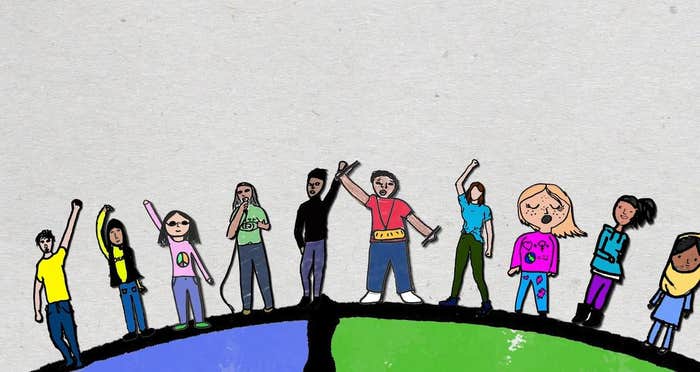In recent years birds have been disappearing from backyards and neighborhoods, victims of deforestation, climate change, and other stressors. In “Backyard Birds,” a highest distinction award winner in the Redford Center Stories, a competition for middle school filmmakers, Aamir Tinwala highlights his own activism efforts.
Tinwala provides hands-on help for avian species in his Texas neighborhood: He makes homemade bird nesting boxes, and distributes them for free. He’s hoping his project, called The Backyard Bird Project, will help to combat the impacts of deforestation.
Nautilus recently caught up with Tinwala to hear his story.
How did you begin to focus on birds?
My family got a COVID quarantine pet: a bird. I began to research how birds are doing and learned that deforestation is reducing their populations in Texas. They are losing their physical homes, the places where they raise their young. I wanted to do something to help sustain them. Bird boxes are a way to provide safety and shelter when it’s time to lay eggs.
Do all Texas birds use bird boxes?
I did some research and discovered that Carolina chickadees, Carolina wrens, and cardinals—all common birds, but declining in number—are bold enough to use them. Some birds are too shy.
Your film shows you using a hand saw to cut wood. You clearly like to work with your hands.
Yes. Before this project I used to play around with wires and circuitry. I got into woodworking and made a table with my dad. I belong to a sustainability club at school, so I was thinking about the birds and what I could do for them. We settled on the boxes.
Is there anything special about the design?
You have to make a box that deters predators. Blue jays will take over nests that another bird makes. Squirrels and chipmunks will also use the boxes. The entrance hole should be sized so only a very small bird will go in. We’re using cedar wood that lasts for 30 years.
You are giving these away free. How do you get the word out?
I made a website that explains how to set up and maintain the boxes. It includes information on cleaning them. Several weeks back there was an Earthfest event here in the city and our school had a few booths. I got 20 signups that day. This year we’ve sent out more than 30 boxes.
There are wonderful bird-focused organizations out there: local Audubon chapters, and Cornell’s Lab of Ornithology, which provides a lot of free advice and information to bird lovers. Were they helpful?
There’s a Dallas Audubon center but we’re a small suburb next to Dallas so not too many people here know about it. Most average people don’t know about big, Cornell-type organizations. We have gotten the word out basically through mothers. Mothers communicate about local programs and opportunities for their families through social media platforms like Next Door or Facebook, so we’ve gone there.
What happens when birds use the boxes?
We have a form on our website so we can keep track of successes. Hopefully it will inform what we’re doing. The birds will spend most of the year here—but then they do fly south for the winter.

























